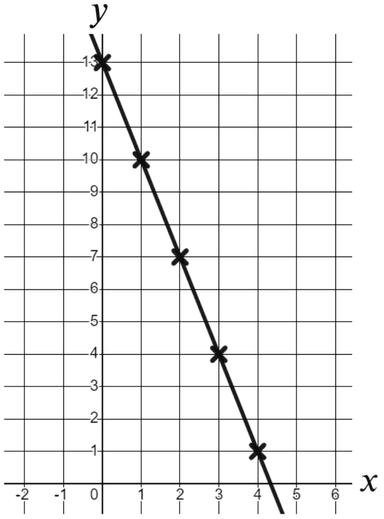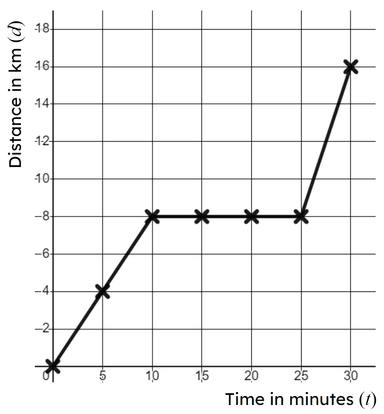Saving and borrowing
I can identify situations in which forms of saving and borrowing are suitable.
Saving and borrowing
I can identify situations in which forms of saving and borrowing are suitable.
These resources will be removed by end of Summer Term 2025.
Lesson details
Key learning points
- The term credit has multiple meanings
- Sometimes it is better to save for something rather than borrowing
Keywords
Credit - When money is added to an account, it can be said that the account has been credited with that amount.
Credit - An account is in credit if there is money in it.
Credit - A credit (score) is a numerical score reflecting how trusted you are to pay back any money that you borrow.
Common misconception
It is always better to borrow money so you can buy want you want right away.
Borrowing money means it will need to be paid back which takes time and can affect what you can do in the meantime.
To help you plan your year 7 financial education lesson on: Saving and borrowing, download all teaching resources for free and adapt to suit your pupils' needs...
To help you plan your year 7 financial education lesson on: Saving and borrowing, download all teaching resources for free and adapt to suit your pupils' needs.
The starter quiz will activate and check your pupils' prior knowledge, with versions available both with and without answers in PDF format.
We use learning cycles to break down learning into key concepts or ideas linked to the learning outcome. Each learning cycle features explanations with checks for understanding and practice tasks with feedback. All of this is found in our slide decks, ready for you to download and edit. The practice tasks are also available as printable worksheets and some lessons have additional materials with extra material you might need for teaching the lesson.
The assessment exit quiz will test your pupils' understanding of the key learning points.
Our video is a tool for planning, showing how other teachers might teach the lesson, offering helpful tips, modelled explanations and inspiration for your own delivery in the classroom. Plus, you can set it as homework or revision for pupils and keep their learning on track by sharing an online pupil version of this lesson.
Explore more key stage 3 financial education lessons from the Choices, risks and rewards unit, dive into the full secondary financial education curriculum, or learn more about lesson planning.

Equipment
Content guidance
- Depiction or discussion of sensitive content
Supervision
Adult supervision recommended
Licence
Starter quiz
6 Questions






Exit quiz
6 Questions





